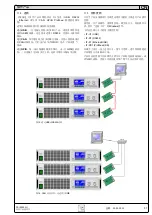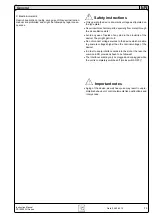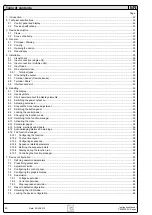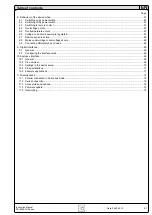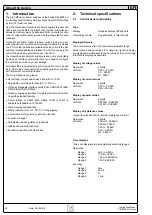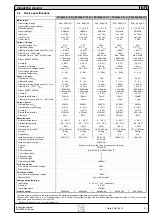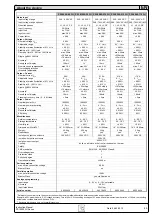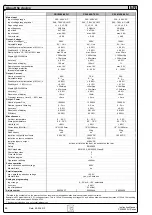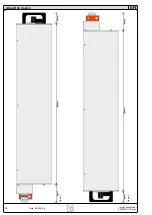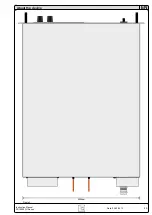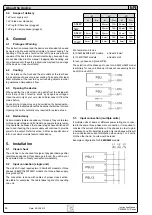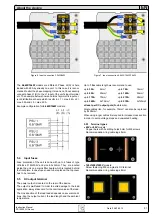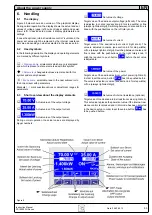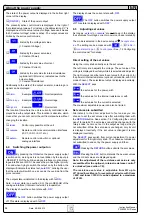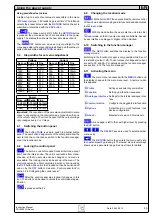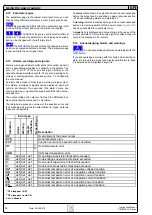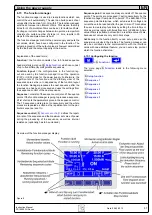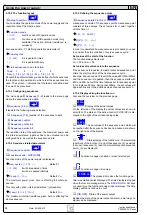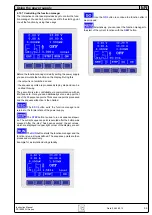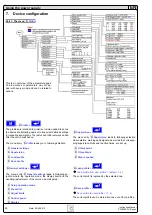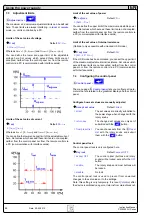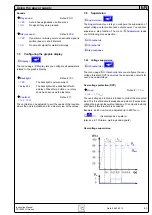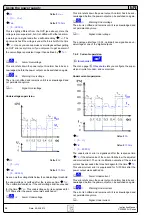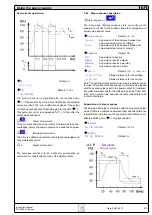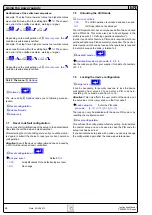
51
Instruction Manual
PSI 8000 3U Series
EN
Date: 05-03-2012
About the device
The
6.6kW/10kW
models are different. Phase L2(S) is here
loaded with 28A by already one unit. In this case it is recom-
mended to alter the phase mapping. It means, not to necessarily
connect phase L1(R) to the L1 input of the unit‘s input terminal
etc. The example below shows an almost symmetric input cur-
rent distribution scheme which results in L1 = max. 44A, L2 =
max. 56A and L3 = max. 60A.
Example configuration for
6.6kW/10kW
models:
5.4 Input fuses
Fuse protection of the unit is done with up to 6 fuses of type
Littlefuse F16A/500V and size 6.3x32mm. They are located
inside the unit on a mains filter board which is located behind
the front plate. In case fuses need to be replaced, the top cover
has to be removed.
5.5 DC output terminal
The power output is located on the rear of the device.
The output is
not
fused! In order to avoid damage to the load
application, always take care for the nominal values of the load.
The cross section of the load leads depends on several condi-
tions, like the output current, the lead length and the ambient
temperature.
Figure 6. Input connection 3.3kW/5kW
Figure 7. Input connection 6.6kW/10kW/15kW
Up to
1.5m
cable length we recommend to use:
up to
30A
:
6mm²
up to
70A
:
16mm²
up to
90A
:
25mm²
up to
140A
:
50mm²
up to
170A
:
70mm²
up to
210A
:
95mm²
up to
340A
:
2x70mm²
up to
510A
:
2x120mm²
at least per DC output pole
(flexible wire).
Single cables like, for example, 70mm² can also be replaced
by 2x 35mm².
When using longer cables it is required to increase cross section
in order to avoid voltage drops and unwanted heating.
5.5.1 Terminal types
•
40V or 80V
models:
Copper bars with 3x drilling holes 9mm for M8 screws
Recommendation: ring cable lugs 8mm
•
160V/200V/240V
models:
Screw fastening M8 on a plastic DC terminal
Recommendation: ring cable lugs 8mm

